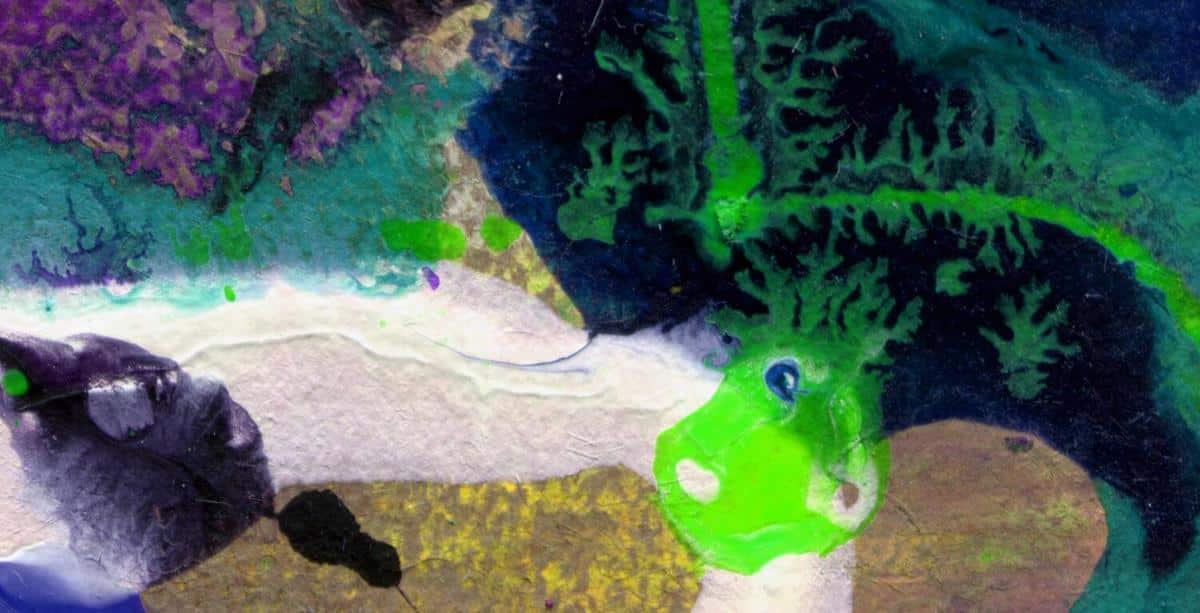
Exploring Abstract Expressionism in the 21st Century
Abstract Expressionism, a movement that revolutionized the art world in the mid-20th century, continues to captivate and inspire artists and audiences alike. While its roots are deeply embedded in the post-war era, this dynamic and expressive form of art has found renewed relevance and interpretation in the 21st century.
The Revival of Abstract Expressionism
The resurgence of interest in Abstract Expressionism today is no accident. According to art historian Dr. Emily Johnson, “The movement’s emphasis on the emotional and spontaneous aligns perfectly with contemporary society’s quest for authenticity and personal expression.” This perspective is echoed in recent studies, which show a growing number of modern artists drawing inspiration from Abstract Expressionist pioneers like Jackson Pollock and Mark Rothko.
Key Characteristics in Modern Context
While the foundations remain consistent, the 21st-century iteration of Abstract Expressionism incorporates new techniques and materials. Artists now frequently employ digital tools and mixed media, expanding the boundaries of the movement. For instance, contemporary artist Alex Chen uses augmented reality to bring his abstract canvases to life, engaging viewers in a multi-sensory experience.
Personal Connection and Inspiration
For many artists, Abstract Expressionism is more than a style; it’s a means of communication. Jane, an emerging painter, shares her journey: “When I paint, I feel a direct connection to my emotions, something that words often fail to express.” This personal approach resonates with audiences seeking deeper connections in art.
Table: Comparing Mid-20th Century to 21st Century Abstract Expressionism
| Aspect | Mid-20th Century | 21st Century |
|---|---|---|
| Medium | Oil on canvas | Mixed media, digital |
| Technique | Action painting | Augmented reality |
| Focus | Emotional intensity | Emotional and sensory experience |
| Influence | War and trauma | Technology and globalization |
| Artists | Pollock, Rothko | Chen, Lee |
| Audience Engagement | Visual | Interactive |
| Color Palette | Bold and contrasting | Varied and experimental |
| Exhibition Spaces | Galleries | Virtual platforms |
How to Engage with Abstract Expressionism Today
Whether you’re an artist or an enthusiast, there are numerous ways to dive into Abstract Expressionism:
- Attend virtual art workshops to learn techniques used by modern abstract artists.
- Explore online galleries that feature emerging Abstract Expressionist works.
- Experiment with digital tools to create your own abstract art pieces.
Frequently Asked Questions
What defines Abstract Expressionism?
Abstract Expressionism is characterized by its emphasis on spontaneous, automatic, or subconscious creation, often expressing deep emotional content.
How has technology influenced modern Abstract Expressionism?
Technology has introduced new mediums and interactive elements, allowing artists to expand their creative processes and engage audiences in innovative ways.
Can anyone create Abstract Expressionist art?
Absolutely! The movement encourages personal expression, making it accessible to artists of all skill levels.
Conclusion: Embracing the Evolution
Abstract Expressionism has evolved but remains a powerful form of artistic expression. Its ability to adapt and resonate with contemporary issues ensures its place in the modern art landscape. By exploring this movement, whether through creation or appreciation, you can uncover a richer understanding of both art and emotion. Embrace the movement’s legacy and let it inspire your own creative journey.